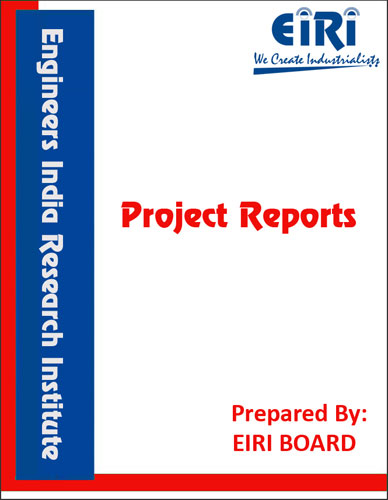CEMENT GRINDING UNIT (CAP: 400 TPD)
The project report includes Present Market Position and Expected Future Demand, Market Size, Statistics, Trends, SWOT Analysis and Forecasts. Report provides a comprehensive analysis from industry covering detailed reporting and evaluates the position of the industry by providing insights to the SWOT analysis of the industry.
We can prepare PROJECT REPORT as per your INVESTMENT PLAN for BANK LOAN REQUIREMENT and INDUSTRY ANALYSIS. All reports are prepared by highly qualified consultants and verified by a panel of experts.
Have Query? Click Here to Chat
Industry Expert is Online, Chat with him for more detail.

Cement: is a material with adhesive and cohesive properties which make it capable of bonding minerals fragments into a compact whole. For constructional purposes, the meaning of the term “cement” is restricted to the bonding materials used with stones, sand, bricks, building stones, etc.
TYPES OF CEMENTS:
Cement may be hydraulic or non-hydraulic: 1)Non-hydraulic cements (e.g. gypsum plaster) must be kept dry in order to retain their strength. 2)Hydraulic cements harden because of hydration, chemical reactions that occur independently of the mixture’s water content; they can harden even underwater or when constantly exposed to wet weather. The chemical reaction that results when the anhydrous cement powder is mixed with water produces hydrates that are not water-soluble. Hydraulic cement may be: i) Portland cements ii) Natural cements iii) Expansive cements iv) High-alumina cements
PORTLAND CEMENT . It is a hydraulic cement that hardens in water to form a water-resistant compound. made by finely clinker
The cements of interest in the making of concrete have the property of setting and hardening under water by virtue of a chemical reaction with it and are, therefore, called hydraulic cement. The name “Portland cement” given originally due to the resemblance of the color and quality of the hardened cement to Portland stone – Portland island in England.
INTRODUCTION
TYPES OF PORTLAND CEMENT
PROPERTIES
USES AND APPLICATIONU
B.I.S SPECIFICATION
MARKET SURVEY
INDIAN CEMENT INDUSTRY PESSIMISTIC ABOUT NEAR FUTURE DEMAND
MANUFACTURING PROCESS
PROCESS FLOW CHART
QUALITY CONTROL
SUPPLIERS OF PORTLAND CEMENT
COMPLETE PLANT SUPPLIERS
SUPPLIERS OF PLANT AND MACHINERIES
SUPPLIERS OF RAW MATERIALS
PPENDIX – A :
1. COST OF PLANT ECONOMICS
2. LAND & BUILDING
3. PLANT AND MACHINERY
4. FIXED CAPITAL INVESTMENT
5. RAW MATERIAL
6. SALARY AND WAGES
7. UTILITIES AND OVERHEADS
8. TOTAL WORKING CAPITAL
9. COST OF PRODUCTION
10. PROFITABILITY ANALYSIS
11. BREAK EVEN POINT
12. RESOURCES OF FINANCE
13. INTEREST CHART
14. DEPRECIATION CHART
15. CASH FLOW STATEMENT
16. PROJECTED BALANCE SHEET



